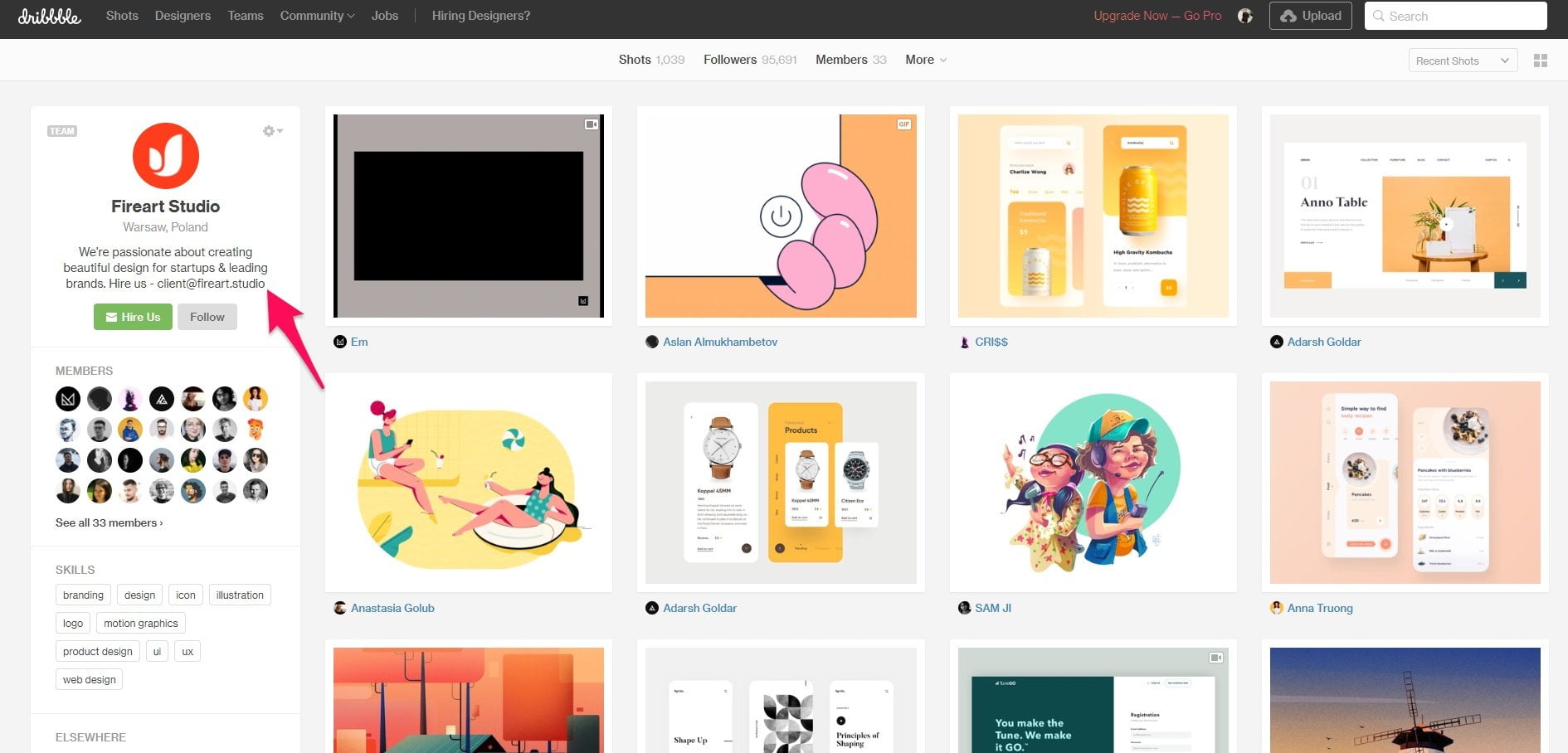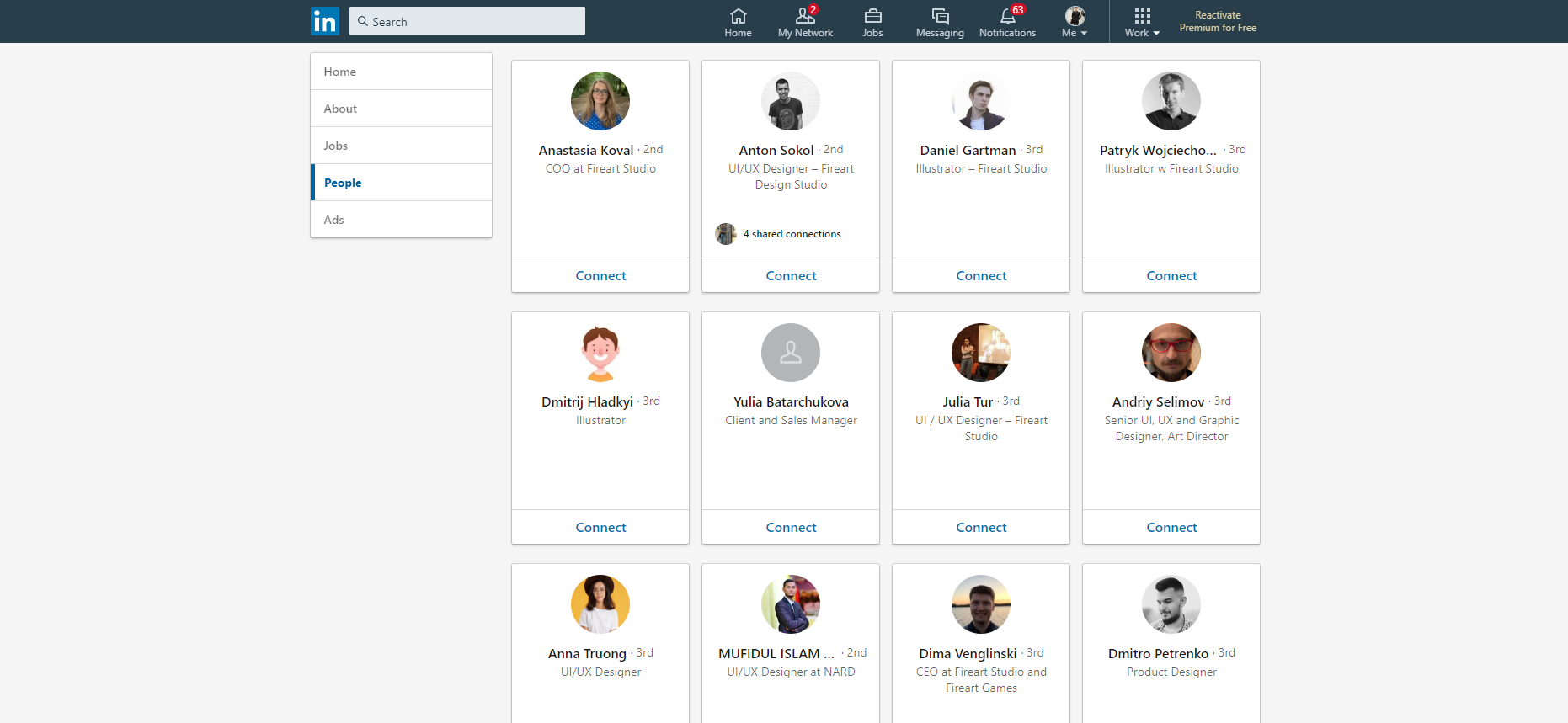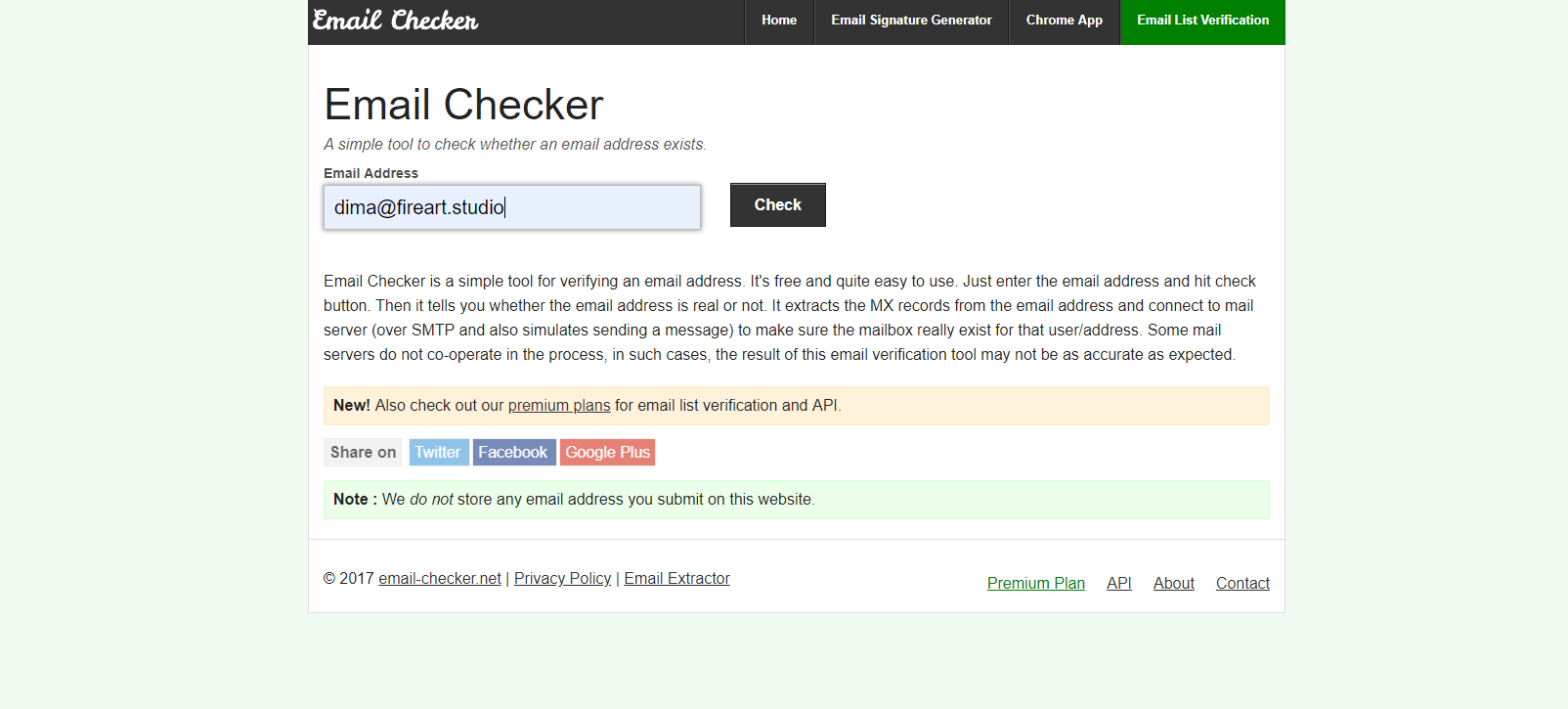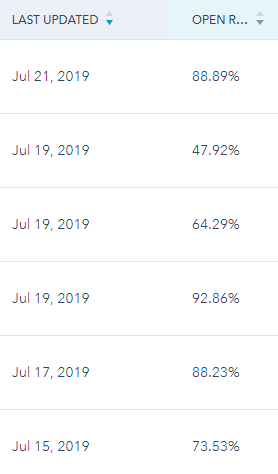Cold emailing is the best way to generate B2B clients and today I’m going to show you why.
Many people dread cold emailing and I don’t blame them.
It’s mostly taught or used incorrectly in the sense that marketers will blast low-quality lists with a spammy template and see no results.
This means they become demotivated and never want to cold email again.
However, what if I told you that some of my cold email campaigns see a nearly 90% open rate and a double-digit response rate?
Would you reconsider B2B cold emailing?
Follow along as I show you how to get these kind of results with cold email campaigns.
B2B cold email best practices
Cold emailing isn’t as simple as copy and pasting a template, blasting it to a big list, and sitting back waiting for the clients to come in.
There are best practices you need to implement if you want to see great performance. Check out the following tips which I base all of my campaigns on.
You need to send emails at the right time
Not all hours and days are optimal for cold emailing. Let me explain.
There are times throughout the day and week in which people are busier than usual or less energetic.
We want to time our emails to hit the inboxes of decision-makers when they are most likely to read it and respond.
CoSchedule did an interesting study and found the following data on the best times to send emails:

Tuesday is the best day to send cold emails followed by Thursday and Wednesday.
This is because peoples inboxes will be full on Monday and they will have a lot of work to do which makes your email much less important.
By Tuesday, people will be in the groove of things and have more time to respond to your message.
This is also why the middle of the week works so well. It’s common to start tuning out on Friday because the weekend is arriving or deadlines are near.
6:00AM, 10:00AM, 2:00PM, 8:00PM, 10:00PM, and 12:00PM are the best hours.
The early morning is an effective time because your email will land in their inbox before they get to work which pushes it to the top.
The late morning works in the opposite way in which you give the prospect time to clear their inbox by 10:00am when you send your email.
Try sending your B2B cold emails at these times and you’ll experience a higher open and response rate.
The art of following up
Imagine sending a single email and landing a ton of new clients.
That’d be amazing, right?
Unfortunately, it won’t happen.
That’s why you need to master the art of following up.
And everybody has different strategies when it comes to follow-ups. Some do it every other day while others wait a couple of days and do a total of four touchpoints.
In facts, it’s been found that the optimal number of email messages is five, so keep that in mind when following up.
I’ll be revealing a cold email sequence you can start using today to land more clients via following up later in this article.
The reality is that when you email high-level executives, your message isn’t going to have much priority over their day-to-day work, colleagues, and boss.
That’s why following up will help you get in front of them eventually at the right time when they can give you a response.
Keep it personal and short
Nobody has time to read a three-paragraph cold email.
That’s why I always advocate B2B cold emails should be as short as possible.
Mine are normally three sentences long.
This length gives me enough space to introduce myself, mention how I found the prospect, and offer a pitch.
I’ve received feedback from clients saying they appreciated I was straight to the point and honest.
Similarly, you need to be personable. That means using the prospect’s first name, company name, and stating custom messages.
Did the prospect just win over a huge Fortune 500 client? Did they receive funding from investors? You can mention things like these in emails to show you’ve done your research.
Find the decision-maker within the prospect company
It doesn’t matter whether you offer lead generation, social media marketing, app development, or any other service.
There is someone in charge of that field within every company.
And you have to find that person before you pitch.
Cold emailing a generic customer service email isn’t going to get you anywhere. That’s why you should use a tool like Email Checker. Let me show you how to use it.
Let’s say that you’re performing lead gen through a platform like Dribbble. You can often find company emails on websites like this very easily.

You would then need to find the individual in charge of the department you need to contact.
This might be the content marketing manager or chief technology officer, for example.
LinkedIn is a great resource to do so. Search up the prospect company and click “People” on their business page.

Find the person you need to contact and navigate back to Email Checker.
Try out different common variations of emails like firstname.lastname@domain.com.

It will give you a confirmation if you found a working email which you can use with the following email template.
B2B cold email template
This is the exact B2B email template that I’ve used to generate high paying leads. Don’t underestimate the power of simplicity.
Hey {First name}
I found your company through {Website, list, platform, etc} and noticed {Problem or observation}.
My name is {Your name} and I have helped companies like {Clients} generate {Results}.
Does {Company name} need any help currently with {Solving problem}?
Warm regards,
{Your name}
Since I offer copywriting services, I would normally fill in the {Problem or observation} field by stating they have an inactive blog, send out great newsletters, or have interesting whitepapers.
I then mention some big clients I’ve worked with to position myself as an authority and ask if they need any help producing copy to generate leads.
This is an easy template to customize for any service and I guarantee you’ll experience great results by using it.
However, what comes before the email itself? The subject line!
B2B cold email subject lines
I use two B2B email subject lines that I find have very identical open rates. Once again, simplicity is key here.
To {First name}
Using a prospect’s first name when emailing them makes the message more personable and intriguing.
This is because the email is directed at them and instantly appears more genuine versus a generic subject line.
I noticed that when I received emails with my name in the subject line I was more prone to open them which inspired this strategy.
Quick question about {Company name}
This subject line works very similarly to the fist except you’re using the company’s name instead of the decision-maker.
You can also tailor this subject line to ask about a specific area of the company like “Quick question about {Company name’s} new web app”.
B2B cold email sequence
Very rarely will you send a single cold email and land a client.
I can’t lie. I’ve done it myself but it’s a bit of a numbers game.
The real measurable cold email results come from consistent follow-ups.
This is a B2B cold emailing sequence that I’ve used with great success that you can try in your next campaign.
1. Initial email
The first part of the sequence is your initial email. This can be the template I provided previously or your own custom message.
This will serve as the basis of the future follow up emails, so it’s important to use a personalized and targeted email.
2. Sum up the first email
The first follow up email and the second message that I like to send in the sequence is a simple summary of the first email.
If the initial message was three our four sentences, I will reduce the message to two and send an email such as:
Hey {First name}
I’m sure you get a heap of emails, so I’m just following up to see if you got my last message.
{Reiterate first email}
Warm regards,
{Your name}
3. Ask if you have the right individual
The third email within the sequence which is the second follow up asks if you are in contact with the correct individual.
This is a good question to ask because it will either prompt them to respond yes and further the conversation or they will forward you to the right individual.
Use an email like this:
Hey {First name}
Would you be kind enough to tell me who’s in charge of {Department} for {Company name} so I can forward my previous email to them?
Warm regards,
{Your name}
4. Propose a time to chat on the phone
One of the obvious reasons to pitch a prospect is to eventually hop on a phone call to discuss your idea.
You can cut straight to the chase by asking if there is a good time to call one another in the fourth message within the email sequence.
Feel free to either propose an exact time and day or ask when they are available.
5. Ask if you believe you’d make a good fit together
The final message within the email sequence is to ask if they believe you’d make a good fit together.
You can also reword this email to ask if they need any help solving the problem you’ve identified.
Some marketers will also mention that they will be no longer be emailing the prospect after this message which can promote a response.
B2B cold email response rates
So, you’ve sent out a B2B cold email campaign or two.
What kind of results should you be looking for?
Firstly, your open rate should be in the mid to high double digits if you follow the tips I laid out previously.
And no, I’m not bullshitting you. Look at my recent campaigns on HubSpot:

These campaigns used the exact templates and strategies you’ve learned today.
Response rates should ideally be around the 10% range.
Remember that you might not always get a response instantly. This is why following up is so important.
The close rate of your campaigns should be in the 2-3% range which is average and still good.
Cold emailing is extremely time efficient and once you have a good system down it can be almost completely automated.
Check out my previous guide on cold emailing to generate leads if you want to learn how.














